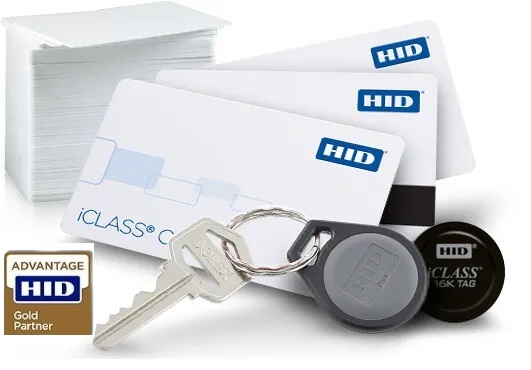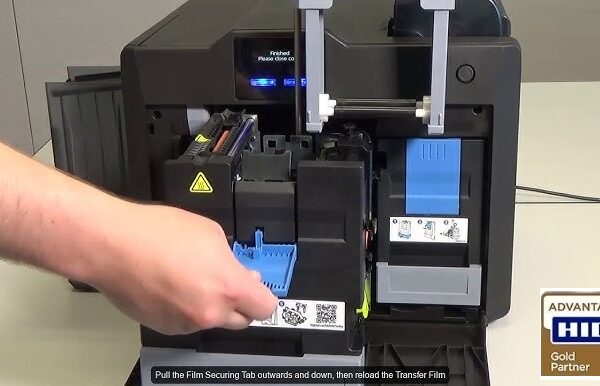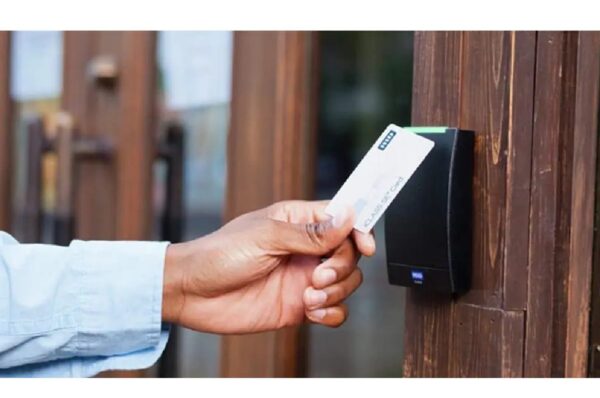A Dynamic Face Recognition Systems is often referred to as video-based face recognition, offers numerous benefits compared to other forms of face recognition systems: Greater accuracy: Static face recognition, which utilizes still images, generally exhibits lower accuracy than dynamic face recognition.
Key Features of Dynamic Face Recognition:
- Real-Time Processing: The system continuously scans and analyzes video footage (not just individual still photos). As a person approaches or walks through the recognition zone, the system automatically detects, tracks, and identifies their face.
- “Live” Detection (Anti-Spoofing): A crucial feature of dynamic systems is their ability to differentiate between a live person and a static image, video, or 3D mask. This is often achieved using:
- Dual Cameras (RGB + Infrared/IR): The IR camera captures depth and thermal information, making it much harder to trick the system with photos or videos.
- 3D Sensing Technologies: Some advanced systems use structured light or time-of-flight (ToF) sensors to create a 3D map of the face.
- Liveness Detection Algorithms: Software analyzes micro-movements, skin texture, or other physiological signs to confirm the presence of a living person.
- Recognition in Motion (“Walk-Through”): Users don’t need to stop, pose, or align themselves perfectly with the camera. They can walk naturally through a designated area, and the system will capture and verify their identity.
- Multi-Person Recognition: Many dynamic systems can identify multiple faces simultaneously within the camera’s field of view, making them highly efficient for high-traffic areas.
- Adaptability to Environmental Factors: Advanced algorithms and dual-camera setups allow dynamic systems to perform well in varying lighting conditions (bright sunlight, low light, backlight), and even with partial obstructions like eyeglasses, hats, or beards.
- AI and Deep Learning Powered: These systems leverage sophisticated AI and deep learning algorithms, enabling them to “learn” and improve recognition accuracy over time and adapt to diverse facial attributes and expressions.
- Optional Features: Many dynamic face recognition terminals also integrate:
- Mask Detection: Can identify if a person is wearing a face mask and trigger alerts or access denials based on policies.
- Temperature Measurement: Some models include thermal sensors for fever screening.
- RFID/NFC Card Readers: For multi-factor authentication (e.g., card + face).
- QR Code Readers: For temporary access or visitor management.
Dynamic vs. Static Face Recognition:
| Feature | Static Face Recognition | Dynamic Face Recognition |
| Input | Still images (e.g., from a webcam taking a single photo). | Video streams (real-time capture). |
| User Interaction | User must often stop, face the camera directly, and pose. | User can walk naturally; system captures face in motion. |
| Liveness Detection | Basic or non-existent; highly vulnerable to photos/videos. | Advanced; uses dual cameras, IR, 3D, and algorithms to detect liveness. |
| Accuracy | Can be less accurate, especially with variations in pose, lighting. | Generally more accurate and robust in real-world, varied conditions. |
| Speed | Slower per person as user needs to position themselves. | Faster throughput due to multi-person and in-motion recognition. |
| Security | Lower security due to spoofing vulnerability. | Higher security due to advanced anti-spoofing measures. |
| Deployment | Simpler, less demanding hardware. | More sophisticated hardware (dual cameras, powerful processors). |
Purpose and Benefits:
The purpose of Dynamic Face Recognition Systems is to provide:
- Enhanced Security: By using live detection and advanced algorithms, they significantly reduce the risk of unauthorized access through spoofing.
- Unparalleled Convenience (Touchless): Users enjoy a seamless, hands-free experience. No need to carry cards, remember PINs, or even touch a device, which is excellent for hygiene.
- High Throughput: Ideal for high-traffic areas (e.g., building entrances, turnstiles) where rapid processing of multiple individuals is necessary to prevent bottlenecks.
- Improved Efficiency: Automates time tracking and access control, reducing manual errors and operational overhead.
- Versatile Applications: Applicable across numerous sectors for various identification and authentication needs.
- Better User Experience: Offers a modern, futuristic, and intuitive way to interact with security systems.
Applications:
Dynamic Face Recognition Systems are gaining significant traction in Lahore and across Pakistan in various sectors:
- Corporate Offices and IT Parks: For secure employee access control and time attendance, especially as companies prioritize touchless solutions.
- Educational Institutions: For student and staff attendance management, and controlled access to specific areas within universities and schools.
- Manufacturing Plants and Warehouses: To manage worker entry/exit, track attendance efficiently, and enforce safety protocols.
- Residential Communities and Gated Areas: For secure entry of residents and visitors.
- Hospitals and Healthcare Facilities: For staff access, and increasingly for patient identification and visitor management, sometimes incorporating temperature screening.
- Government Buildings: For high-security access control.
- Shopping Malls and Retail: For staff management, and potentially for customer analytics (with proper privacy considerations).
- Public Transportation (Future): Could be integrated into bus terminals or metro stations for fast, secure ticket validation.
As the technology continues to mature and become more affordable, dynamic face recognition is becoming a standard feature in modern security and identity management solutions.



